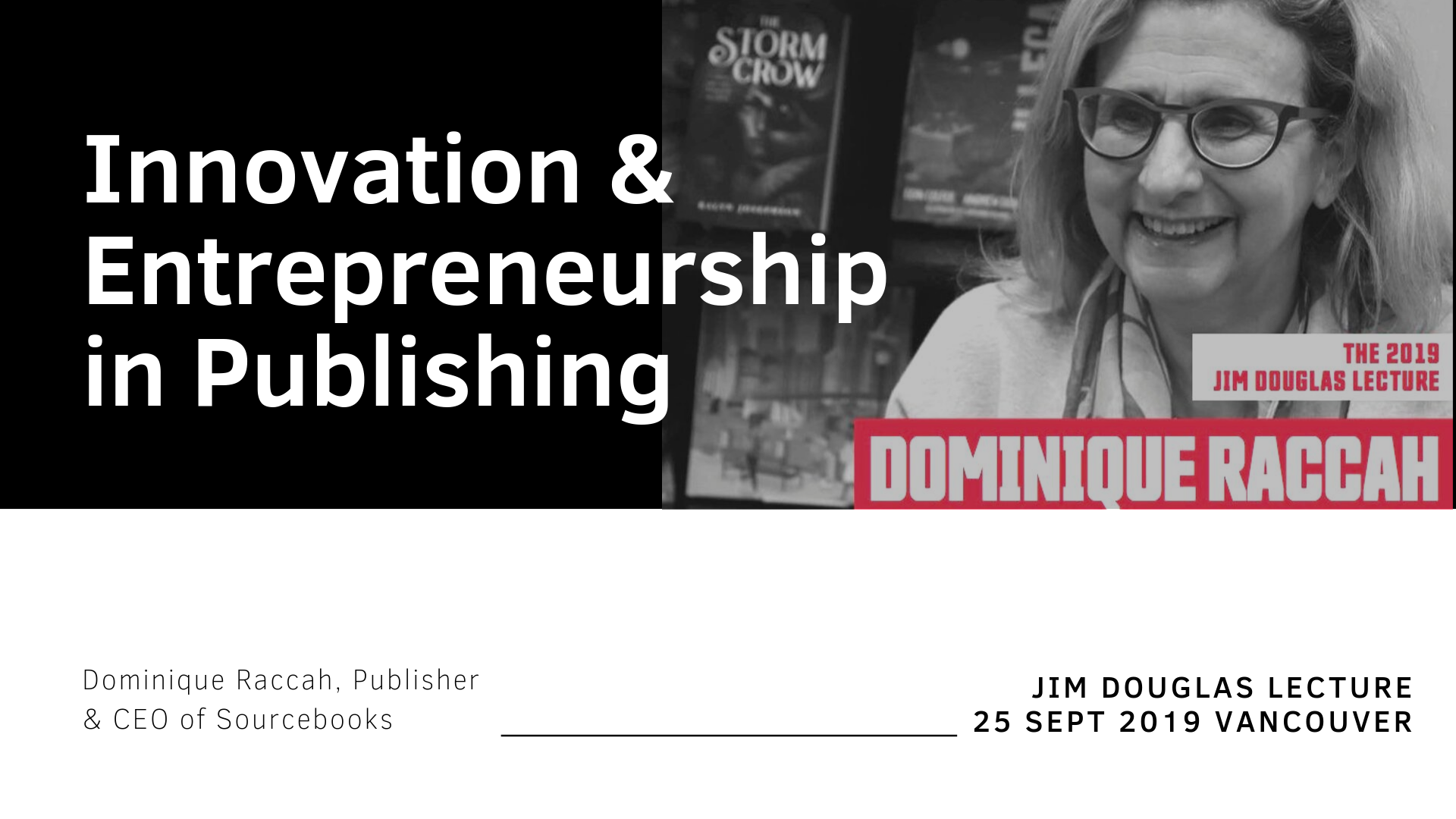Boxcar Marketing is in Austin for SXSW.
02:00 PM Everything You Know About Web Design Is Wrong
* Dan Willis – Sapient
DESCRIPTION
Just as early filmmakers struggled to break free from the conventions of live theater, after 10+ years Web designers are still trapped in the structures of the past. Forget pages, linear text and other archaic vestiges of design’s print ancestry; the separation of content from presentation has already changed everything.
Warner Bros Harry Potter Site
Just another dead tree.
Isolated in the top: we are here (web native stuff)
Everything else is print in disguise
Washington Post
Print in disguise. Little web native content hidden in right column.
Left nav is = to newspaper sections
Everything is headline oriented.
Amazing video and journalism content.
Benjamin Hotel in NY
Wonderful, subtle typography
Subtle job with flash
Print in disguise
Standard hotel site
Reservation info but otherwise shiny print brochure
Everything we know about web design is from what we know about print.
Web is a unique medium. In 1888 single-lens camera produced the first movie sequence. Took 30 years for people to take that somewhere. To give us the movies that lead to what we have today.
In 1915, we get Birth of a Nation. First time the camera shots came from various angles. There was a cohesive narrative with multiple storylines.
No new technology was created. What was created was a grammar for film: cross-cutting, close-up, bird’s eye view being a few of the terms.
Transcendent web design is still to come but it’s worth talking about the elements
random voyeurism, self-aware, user-created, ambient awareness, experimental content
Random Voyeurism
Flickr Vision: Flickr images as posted and they are mapped geographically.
Found magazine: Artifacts found that are shortcuts to the mind, activities or random others
Self-Aware (but Uncontrollable) Content
Metadata is content that knows itself better than we do.
User-Created Content
Context matters.
Online publishers want to control that. It’s not what’s happening online.
The web is about a single user and the choices they make.
They control the content.
Fighting the user for control is useless. Companies exploit their control.
Monetize. Eek.
Ambient Awareness
A single dot is a dot. Dots stitched together give meaning. Pointillism.
Some other profound communication is going on.
Experiential Content
Sold, built or bought a content management system.
What is your content: text, images, video, audio
21st century content will not be about chunks of content. There’s something else going on. The experience is the content. It’s the new roller coaster.
Go back to the Benjamin hotel site. The hotel industry has invested in print in disguise solutions.
The Experience Economy book
If you click on the Benjamin “experience”, it’s a blog of text. What about webcams in the lobby. Wouldn’t you get ambient awareness? Trivial information leads to understanding the hotel.
The Benjamin takes sleep seriously. You get a menu of pillows and some aromatherapy. Why are we concentrating on pillows? What about detailed info related to the variations of the products related to the Benjamin. What about user experience with the pillows that is pulled from users online around the world?
The sleep concierge. What if that was the “tease”? You have a human being interacting with people who are interested in staying at the hotel, then you have experience.
None of this is radical, but you put it together in the grammar of web design and you get something else.
Washington Post.
Headlines are commodities. You have web native stuff that should be the central focus.
Newsroom is no longer about distribution, it’s about content. How can the article be sliced and diced. Where are the nuggets? Suck out the relevant pieces and use metadata to connect it to other stuff.
MT: I like NowPublic who’s doing some of this.
Elegant and beautiful failures can win awards. But it’s still an aware for print in disguise.
Design solves problems. Designers have to be the leader in defining a problem. Design needs to do this to help web transcend it’s print history.
James quoted to me yesterday, “innovation doesn’t exist without imitation.” Now’s the time to push the innovation side.
Apparently this starts with tv dinners.
Change is disturbing.
Apparently we made sure the peas didn’t touch the turkey. The same thing happened in design. We separated visual from informational architecture but interactive …
We needed to separate in order to understand the value. But we haven’t left these little spaces.
The New Model is Jambalaya. More ingredients than you can list. Variations of pepper. You can identify each individual item in the mix, but the thing that comes out is life-changing. It’s like perfume. It’s not a blend, a perfume becomes it’s own thing. It stands alone as a new thing.
How do we get there?
Small teams
Users are not everyone, they are someone
Identify specific needs of individuals
Embrace ignorance
Begin nad end with users
Don’t be distracted by technology


